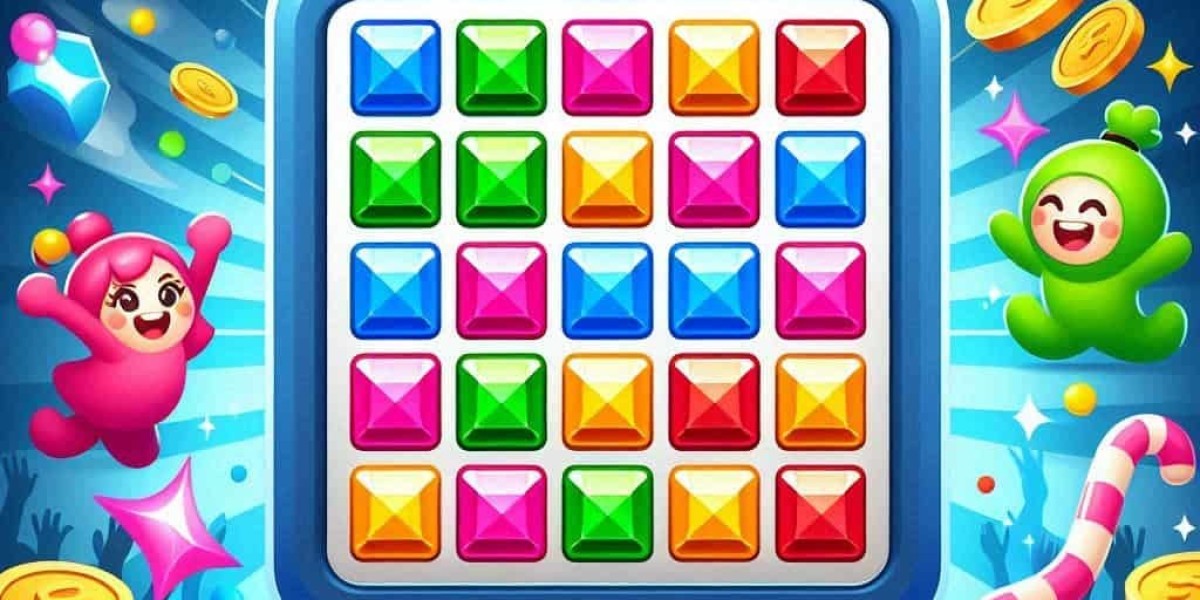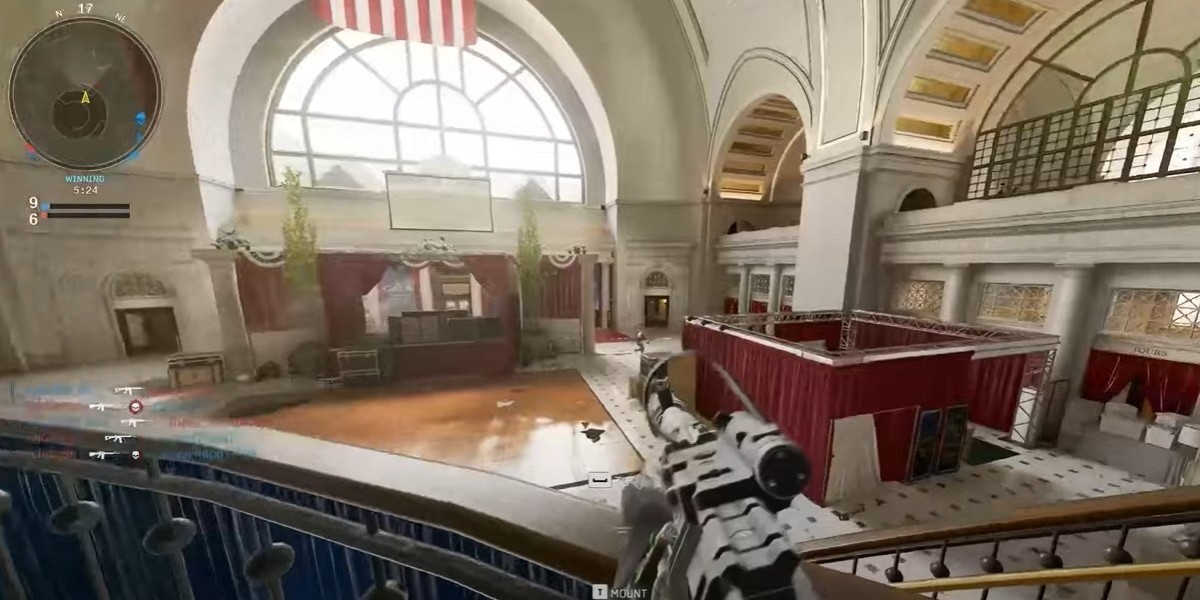One classic game https://mines2game.com/en/ that has seen a resurgence in popularity is Minesweeper. While the gameplay remains timeless, the way users interact with it has changed dramatically. Today, we’re diving into the concept of a responsive Minesweeper interface and why it matters more than ever.
A responsive interface ensures that the Minesweeper game adjusts fluidly to any device, whether it’s a smartphone, tablet, or desktop computer. This means no more pinching and zooming or struggling to tap the right square on a small screen. Instead, the game grid, buttons, and menus automatically scale and rearrange to provide an optimal experience.
Designing a responsive interface for Minesweeper involves more than just resizing elements. It requires thoughtful consideration of layout, touch controls, and user feedback. For example, on smaller screens, the grid might need to be more compact, and touch gestures should be intuitive. On larger screens, there’s room to display additional features like timers, difficulty settings, and leaderboards without cluttering the view.
Another key aspect is performance. A responsive Minesweeper interface should not only look good but also load quickly and run smoothly across all devices. This involves optimizing images, minimizing code, and using modern web technologies like CSS Grid and Flexbox to handle layout changes efficiently.
Accessibility is also a crucial component. A well-designed responsive interface ensures that all users, regardless of ability, can enjoy the game. This includes support for screen readers, keyboard navigation, and high-contrast modes for better visibility.
In conclusion, a responsive Minesweeper interface enhances the user experience by making the game accessible, enjoyable, and functional on any device. It’s a perfect example of how classic games can be modernized through thoughtful design and technology, ensuring they remain relevant and engaging for today’s diverse audience.



